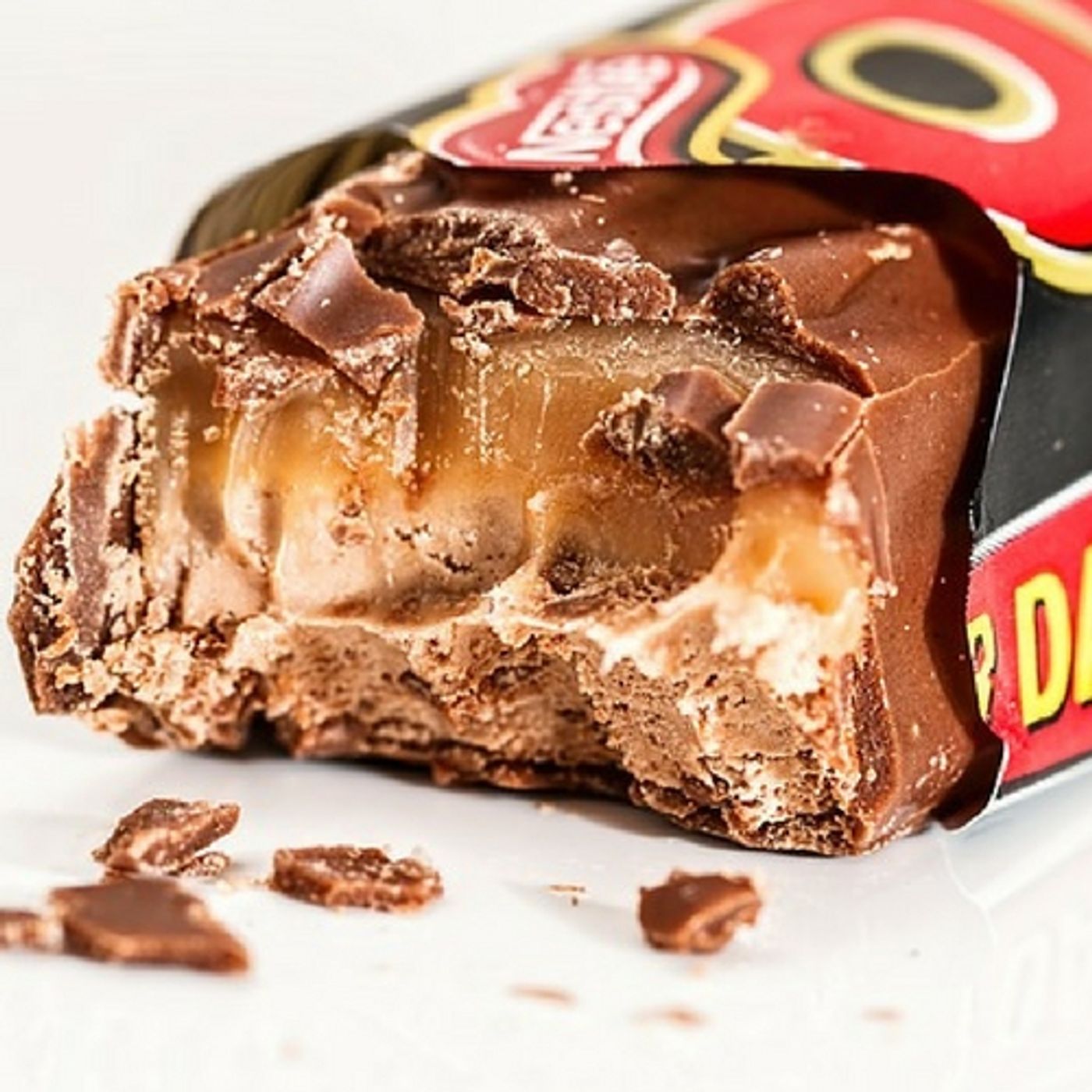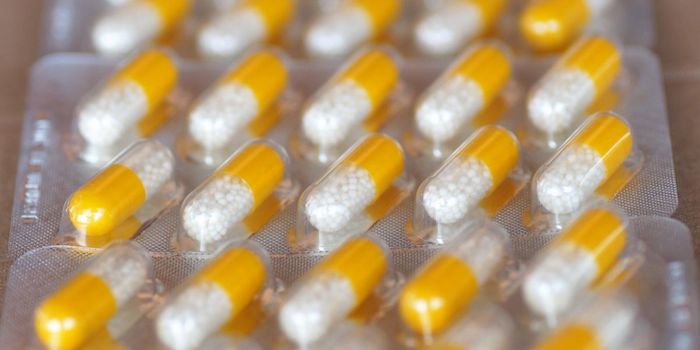How Much is That Junk Food Worth To You?
It's the job of advertising executives and marketing professionals to design campaigns that make consumers want their product. When they're selling food, especially food that might not be healthy, like chips or candy, making consumers crave a gooey brownie or a bag of Cheetos is the way to go, and new research is bearing that out.
Anna Konova is a postdoctoral researcher in NYU's Center for Neural Science and the paper's lead author and she explained, "Our results indicate that even if people strive to eat healthier, craving could overshadow the importance of health by boosting the value of tempting, unhealthy foods relative to healthier options. Craving, which is pervasive in daily life, may nudge our choices in very specific ways that help us acquire those things that made us feel good in the past—even if those things may not be consistent with our current health goals."
Craving happens in the brain and is thought to be associated with addiction. A craving is when something has triggered a person to want a certain food. Theaters use the smell of popcorn to lure customers to the concession stands. Ads with juicy burgers, frosty sodas, and fresh hot fries get people to make a midnight Mickey D's run (or is that just me?) so the team from NYU looked at what it would take to get people to pay more for food they know is not healthy.
The team started by exposing study participants to pictures of foods like a Snickers bar or cheese puffs and asked to if they had any memories of these foods. When study volunteers viewed the images and talked about their experience with the junk food, they began to crave it. The next part of the study was likely more difficult for the subjects. A tray of the deliciously sinful snacks was placed nearby and they could touch any of the food, smell it, handle it, but they couldn't take even one bite. They were then told that if they wanted some of the snacks, they could bid on them. After inducing cravings, the team noted that participants were willing to pay an average of 38% more for the snacks after their appetite had been stoked into a sugar and salt craving frenzy.
The team upped the ante by offering larger portions of the craved snacks, and the bids went up. Inducing cravings in the minds of consumers can result in the perceived value of an item going up. Interestingly, when the researchers primed their subjects to crave healthier options, there was no increase in bids or value on the food when the portions were increased. "Super-Sizing" a container of yogurt or a protein bar does not result in a price jump. The researchers noted that hunger did not seem to play a part in inducing cravings. Even when not hungry, the participants were easily manipulated into wanting the junk food and were willing to pay a premium for it.
While nutritionists and healthcare providers urge their patients to eat healthy food, and there are hundreds of options to choose healthy food that tastes good, at the end of the day, sometimes you just need a bag of chips and a chocolate bar. And if you don't want one? Don't worry; some commercial will come on and change your mind. Check out the video to learn more. Trigger warning, there's some footage of some pretty junky food, and it looks delicious.
Sources: Food Navigator, NYU, PNAS









